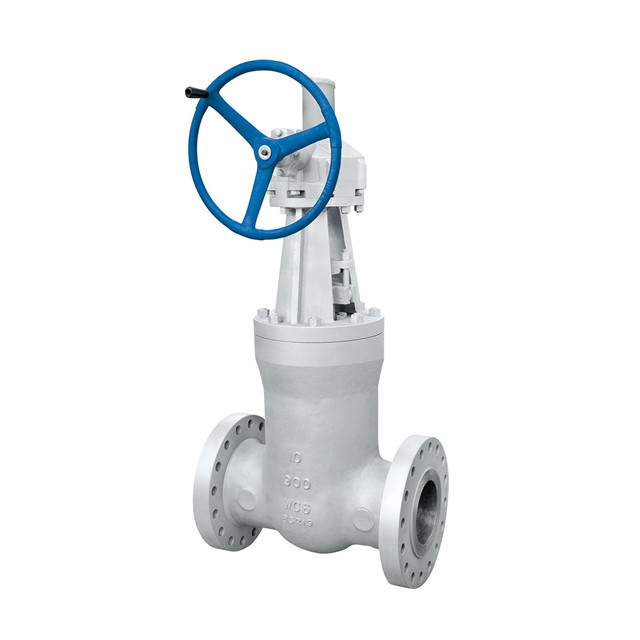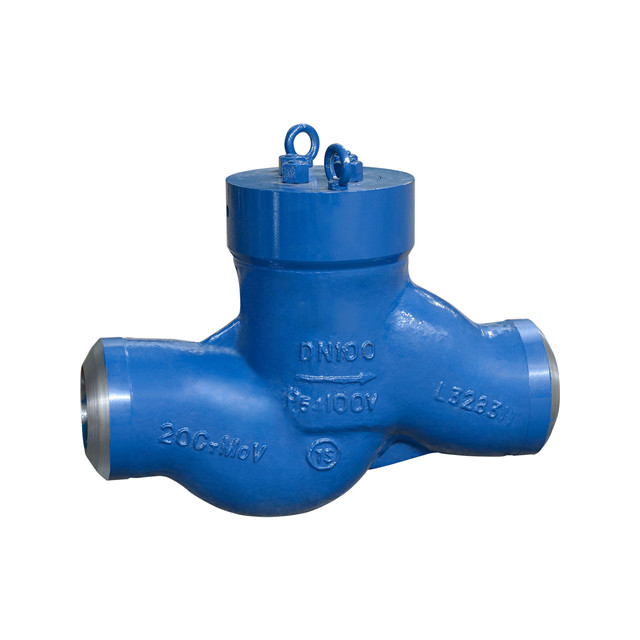Pressure seal gate valves are designed to provide compact design and ease of maintenance in high-pressure service. These valves are a type of valve used in power generation, pulp and paper, and refineries.
Pressure seal valves were first developed in the early 1900s. They were initially conceived to help remove the weight of large vessels. In addition to this, they were developed to withstand the higher pressures that were found in power plants and industrial applications.
Pressure seal valves have come a long way since their initial design. Today, these valves are primarily used in high-temperature and high-pressure applications. A typical pressure rating of a pressure seal valve is about 900 pounds.
Pressure seal gate valves are often actuated by hydraulic, electric, or pneumatic means. Manual operators are offered as standard. Most manufacturers recommend hot torquing. It can significantly reduce the risk of leakage through the body/Bonnet joint. However, failure to hot torque the Bonnet take-up bolts can cause damage to the valve Bonnet, valve body I.D., and valve Bonnet flange.


Table of Contents
ToggleFeatures of Pressure Seal Gate Valve
A pressure seal gate valve is a valve designed for high-pressure service in the chemical industry, power generation, pulp and paper, and refineries. These valves feature a streamlined design with a compact profile and reduced weight. They are typically used at pressures above 100 bar but can be applied to lower-pressure applications. Pressure seal gate valves have a unique design, incorporating a metallic gasket with a segmented thrust ring.
Capacity
The valve body features a radial bore and a groove in which the segmental ring is inserted. It is then tightened to a predetermined torque. This ensures that the seating surfaces of the valve are held in place, reducing the risk of leaks. Depending on the pressure rating, the valve can have a pressure capacity of up to 2,500 pounds.
Materials
The seat ring is usually made from CoCr-A alloys. This ensures a tight sealing surface. Another feature of pressure seal gate valves is the segmented thrust ring. It fits into an annular groove machined in the body. The valve bonnet is forged steel. Forged materials offer finer grain structure and better material strength.
Industry Standards
Pressure seal valves are designed to meet the requirements of ASME Boiler and Pressure Vessel Codes. The valves are available in a wide range of configurations, such as globe, swing check, catalytic reforming, and tilting disc check valves. Some of these valves are motorized, allowing for remote operation. Depending on the application, the valve can be fitted with a high-temperature stem expansion compensator.
Where is the Pressure Seal Gate Valve Used?
Pressure seal gate valves are used in a wide variety of applications, including chemical plants, refineries, pulp and paper mills, power generation, and more. Their compact design and reduced weight make them ideal for high-pressure service. They are often specified for liquid pipelines, particularly those with a maximum line pressure of at least 500 psi.
Xintai Valve is a manufacturer of high-quality valves with an aim to provide the best product to customers. Its products have passed certification from various institutions, such as API, CE, TS, OHSAS, and ISO9001 quality management systems.









